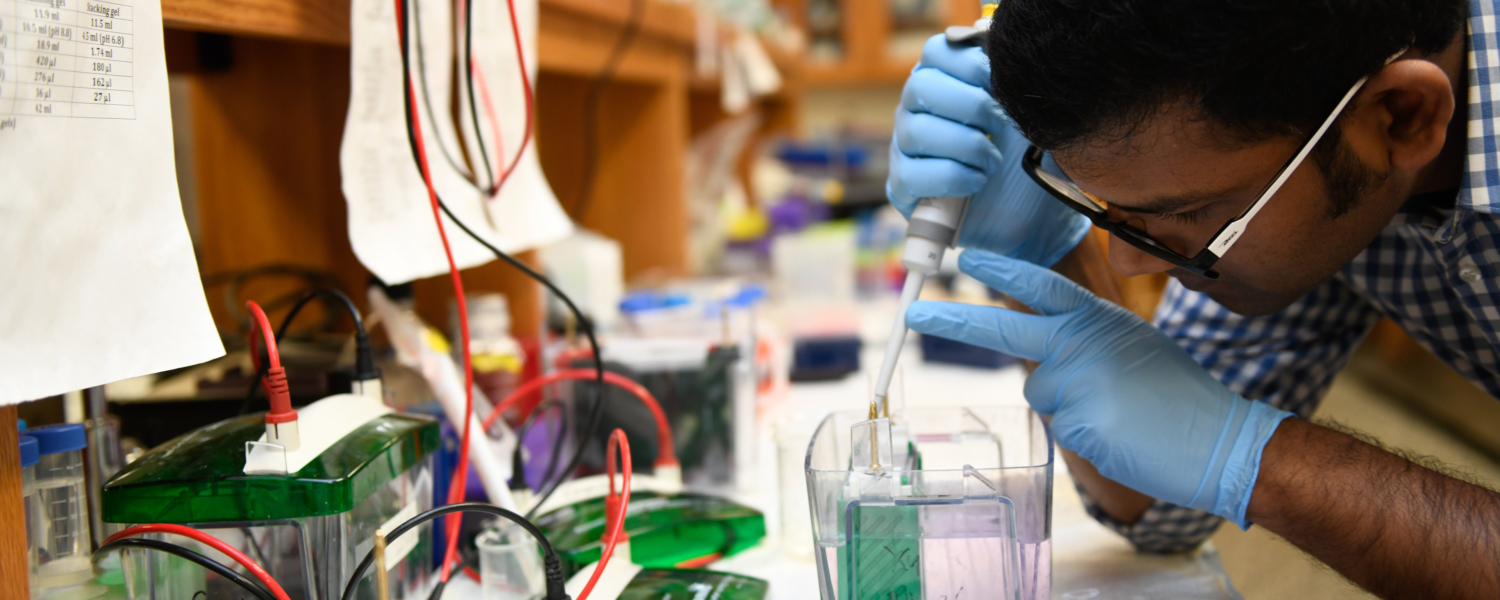
The New Face of Biochemistry
At first, it sounds like wizardry.
Crystal growth chambers. Smoke billowing from cauldrons where there is no fire. Students revealing secrets of the visible world by influencing the invisible.
CALS’ own Hogwarts, housed in Polk Hall?
Nope. CALS’ own Department of Molecular and Structural Biochemistry – undergoing a transformation of its own.
Under the direction of new department head Melanie Simpson, the halls of the Department of Molecular and Structural Biochemistry are buzzing with excitement – and the occasional electric drill.
Simpson is overseeing the department’s most comprehensive expansion in recent history, from upgrades to the physical space to intangibles like mentorship and teamwork.
A large collaboration space, previously slated as Simpson’s office, is now a high-tech den for student brainstorming and study.

The new Molecular Education, Technology, and Research Innovation Center (METRIC) inspired the university to invest several million dollars into equipment upgrades.
And the work of four newly hired faculty members fills what was formerly a critical research gap at NC State: metabolism and mechanisms within whole organism systems.
All this points to one thing: Biochemistry at CALS is on an upswing.


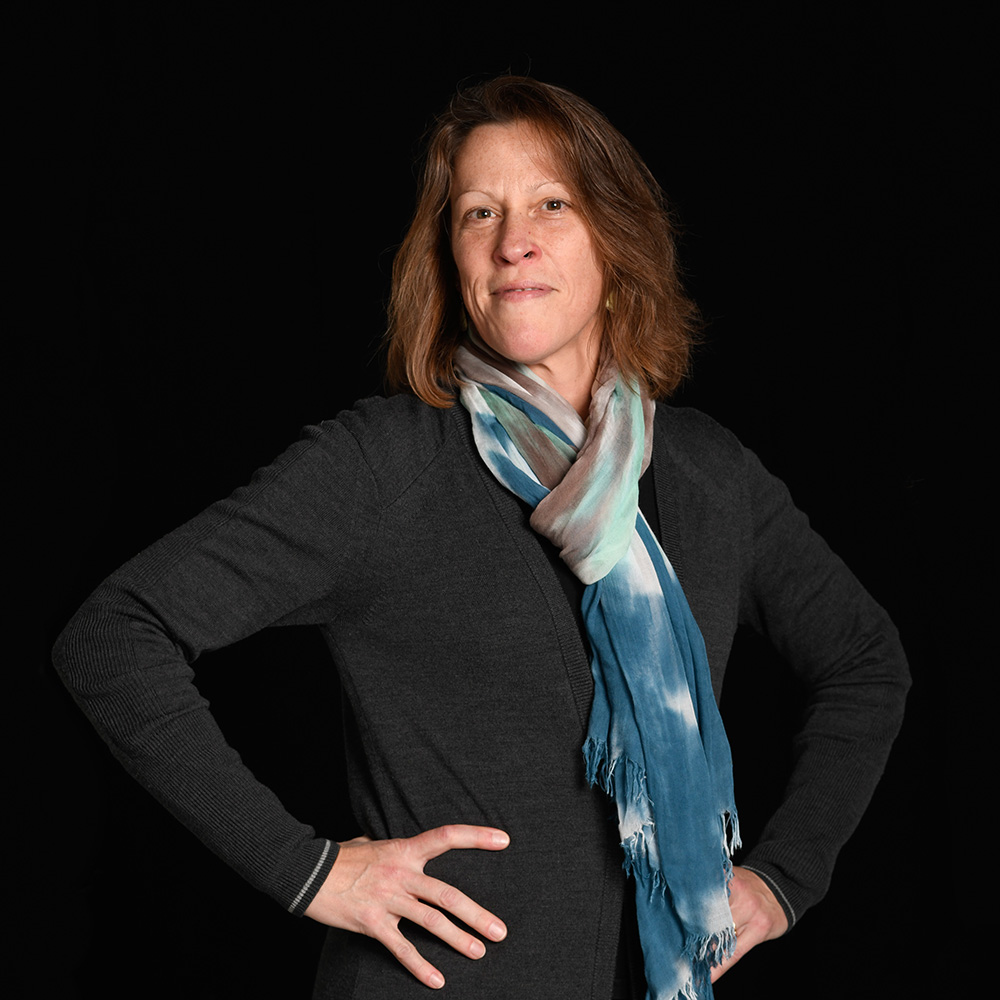
From Bank Teller To Head Of Biochemistry:
Melanie Simpson
Before she became a top researcher on prostate cancer progression, before she earned a named professorship and a cascade of awards, before Dean Richard Linton hired her as one of CALS’ newest visionary department heads, Melanie Simpson felt trapped.
In her mid-20s, she was a bank teller. She lacked a college degree. And she had never heard of biochemistry.
“I was a mom with three kids and I needed to help support my family, but I knew I was stagnating,” Simpson says. “I needed to be a happy person so I could teach my children how to be happy.”
But how to get there? Simpson found a few clues: She’d been gifted in math and science since grade school. The skills that made her an excellent (though bored) bank teller pointed to a detail-oriented profession. And she longed for a field that provided lifelong intellectual stimulation.
That’s when she found biochemistry.
“It was like solving a series of puzzles,” Simpson recalls. “The fascinating questions never stopped coming. How could I not fall in love with it?”
So Simpson enrolled in the University of Minnesota. Between classes, she’d dash across campus to where her youngest was in daycare, nurse her baby, then sprint to her next class.
“Focusing on the end goal got me through,” Simpson says. “If I got overwhelmed, I called my mom and had a meltdown until it was out of my system, then got back to work.”
Simpson earned her bachelor’s in biochemistry, then her doctorate in biochemistry, molecular biology and biophysics. After that, her list of achievements fills dozens of resume pages.
As a leader, she’s known for building interdisciplinary teams – like the time she spearheaded a complex biosystems Ph.D. program at the University of Nebraska, or when she led that school’s participation in a multi-institution NIH grant to establish a clinical/translational research network mentoring early career researchers.
In her own research, Simpson discovered a new biomarker for identifying cancer patients who are less likely to respond to hormone deprivation treatments and thus might benefit from altered treatment decisions.
“Biochemistry made me realize that I didn’t have to pigeonhole myself into a particular discipline,” Simpson says. “There’s a place for someone who thinks like me.”
Making the world a healthier place
Biochemistry seeks to understand the chemistry that defines biology. Only about 100 years old, it launched as a discipline when scientists discovered that the same chemical compounds and metabolic processes can be found in organisms as diverse as plants and humans.
When you’re trying to understand something that’s alive, it’s quite an adventure.
Understanding biochemistry allows us to travel inside life’s tiniest building blocks and help fix some of humanity’s biggest problems. In daily life, biochemistry research can impact everything from your blood pressure medication to your garden fertilizer to your hydrating shampoo.
Most biochemists concentrate their research on particular organisms, but findings can often be applied across species. Mapping the structure of just one protein out of the millions that compose the human body can have wide-ranging impact. Researchers at CALS are on the hunt for more effective treatments for everything from obesity to cancer (turn to page 20 for details).
“There’s never really an endpoint,” first-year graduate student Grace Scheidemantle says. “Every answer you find opens up more questions.”
Biochemists must be rigorous thinkers, constantly curious. They combine meticulous attention to detail with the big-picture knowledge to piece together information for maximum impact.
 They also tend to share a deep concern for improving human life. Fifth-year Ph.D. student Sayan Chakraborty is mapping protein structures that could help develop drugs to target rogue proteins that destroy human health. He’s driven by memories of his experience as an undergraduate in India, working in an HIV research institute.
They also tend to share a deep concern for improving human life. Fifth-year Ph.D. student Sayan Chakraborty is mapping protein structures that could help develop drugs to target rogue proteins that destroy human health. He’s driven by memories of his experience as an undergraduate in India, working in an HIV research institute.
“I hope I can help people through my work,” Chakraborty says, “because I have seen the suffering of those patients.”
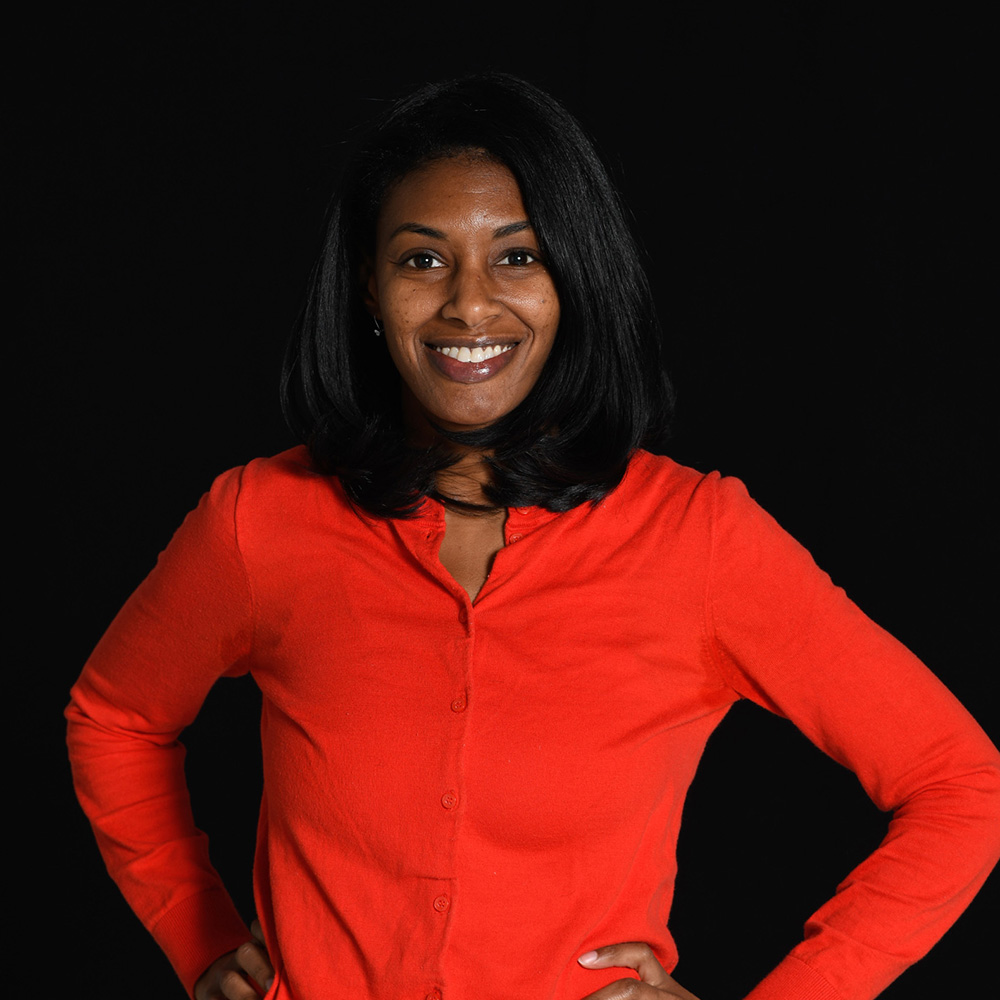
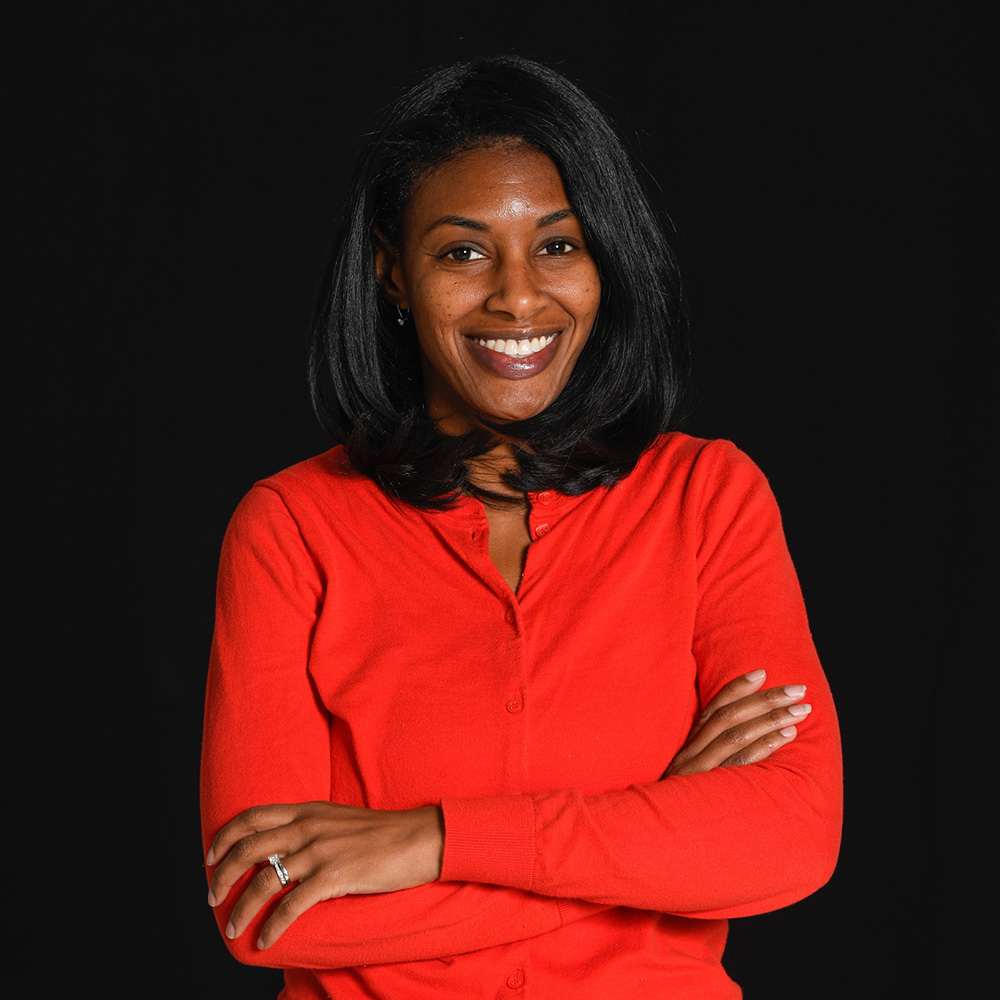
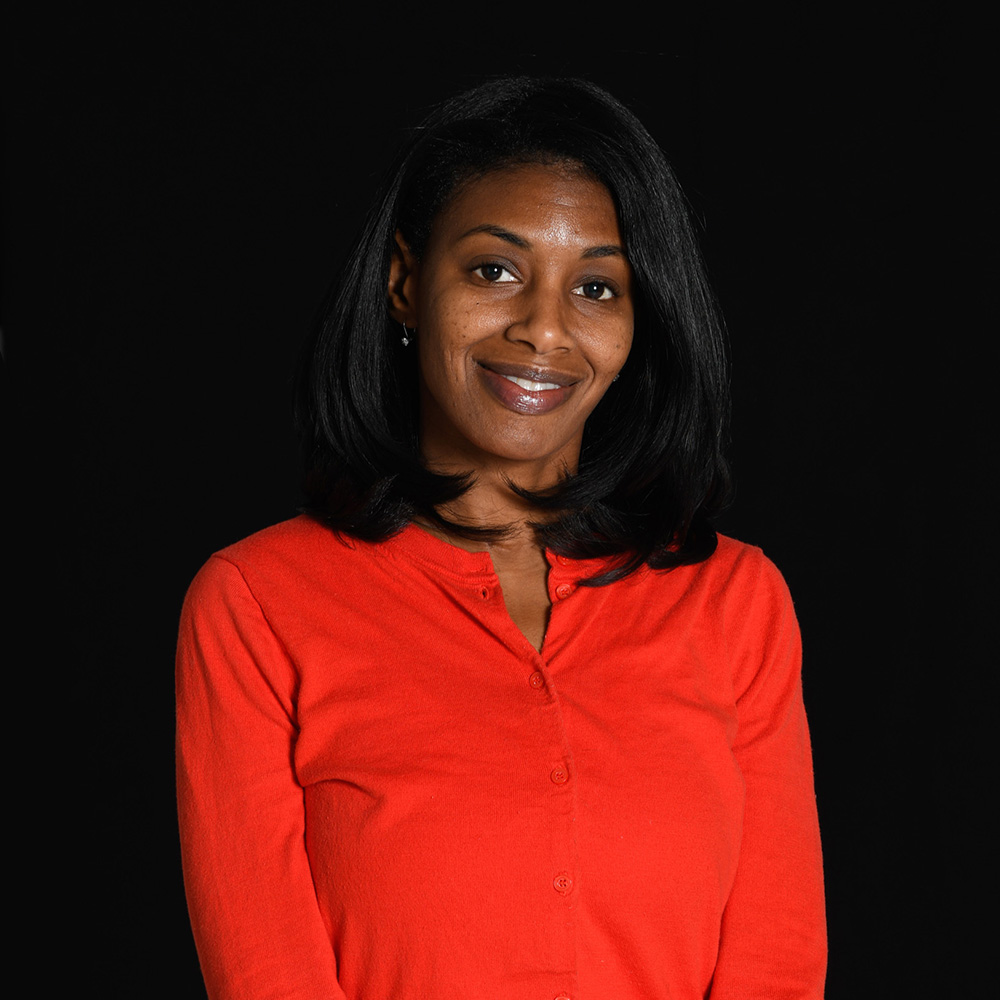
Understanding Obesity and Boosting the Immune System:
Arion Kennedy
Treating obesity is difficult. Assistant Professor Arion Kennedy’s angle: figure out how the immune system can help.
Kennedy hopes to target metabolic complications and determine the immune system’s impact on obesity-linked metabolic diseases. Her two research projects at NC State examine the condition of overnutrition and its link to T-cell activation, and the ways in which the food we eat impacts our immune systems.
Dubbed “common, serious and costly” by the United States Centers for Disease Control and Prevention, obesity affected about 93.3 million people in the U.S. in 2016. The same year, the estimated annual medical cost was about $147 billion. The condition is a major risk factor for metabolic diseases like Type Two diabetes.
The National Institutes of Health awarded Kennedy a research grant to focus on nonalcoholic fatty liver disease, which has become a bigger problem in recent years, especially in children. Her goal is to understand how T-cells – which play a key role in triggering the immune system – contribute to the body’s inflammatory response in our fat and liver, altering their ability to function. That understanding would allow scientists to figure out how to treat obesity-associated metabolic diseases.
Her second project examines the impact of nutrients on immune cell function and on obesity-associated metabolic disorders. Kennedy is investigating the role of fructose on immune cell inflammation and fibrosis.
Over time, she also hopes to partner with the Plants for Human Health Institute in Kannapolis to look at dietary supplements or other food components. She plans to investigate how they might help fight obesity-associated inflammation and metabolic diseases.
“I’m fascinated by how what we eat affects our body in positive and negative ways,” Kennedy says.
Transformational faculty (and students)
CALS’ biochemistry department has three key training strengths: molecular and systems biology, structural and analytic biochemistry, and metabolism and disease.
The Biochemistry of Food
With metabolism researchers flocking to the Department of Molecular and Structural Biochemistry comes a common question: what’s the difference between a food scientist and a biochemist studying nutrient metabolism?
Metabolism can be approached in two ways. A food scientist is more likely to look at the composition of a diet or of a category of food like fruits or vegetables. A biochemist looks at mechanisms. How does nutritional composition affect human health? Plant health? Cell-to-cell communication in an organism?
Faculty are tackling challenges from the creation of viable biofuels to the eradication of malnutrition. The joint work of husband-wife research team Dennis Brown and Raquel Hernandez in virus structure and assembly has made strides in treating diseases like Zika virus and dengue fever. There’s Trino Ascencio-Ibanez, who seeks to understand how plants respond to viral infection, and Colleen Doherty, who investigates the connections between time and stress in plants.
That’s just a few, and that’s just in Polk Hall. At Oak Ridge National Laboratory in Tennessee, associate professor Flora Meilleur works on one of the most intense beams of neutrons on the planet. She uses X-ray and neutron diffraction and scattering to probe enzyme structure, dynamics and function, with a range of potential impacts including our ability to develop sustainable biofuels.
 “What we work on is very small,” she says, “but its impact is big.”
“What we work on is very small,” she says, “but its impact is big.”
The chance to work with this stellar faculty draws students from as far away as India and, in Ph.D. student Gabriela Schroder’s case, South Africa. She chose CALS because she wanted to study with Meilleur.
“So many things are interlinked – if we can understand more, that will allow us to solve biological and chemical problems,” Schroder says. “Collaboration here has shown me how development in one area an improve another.”
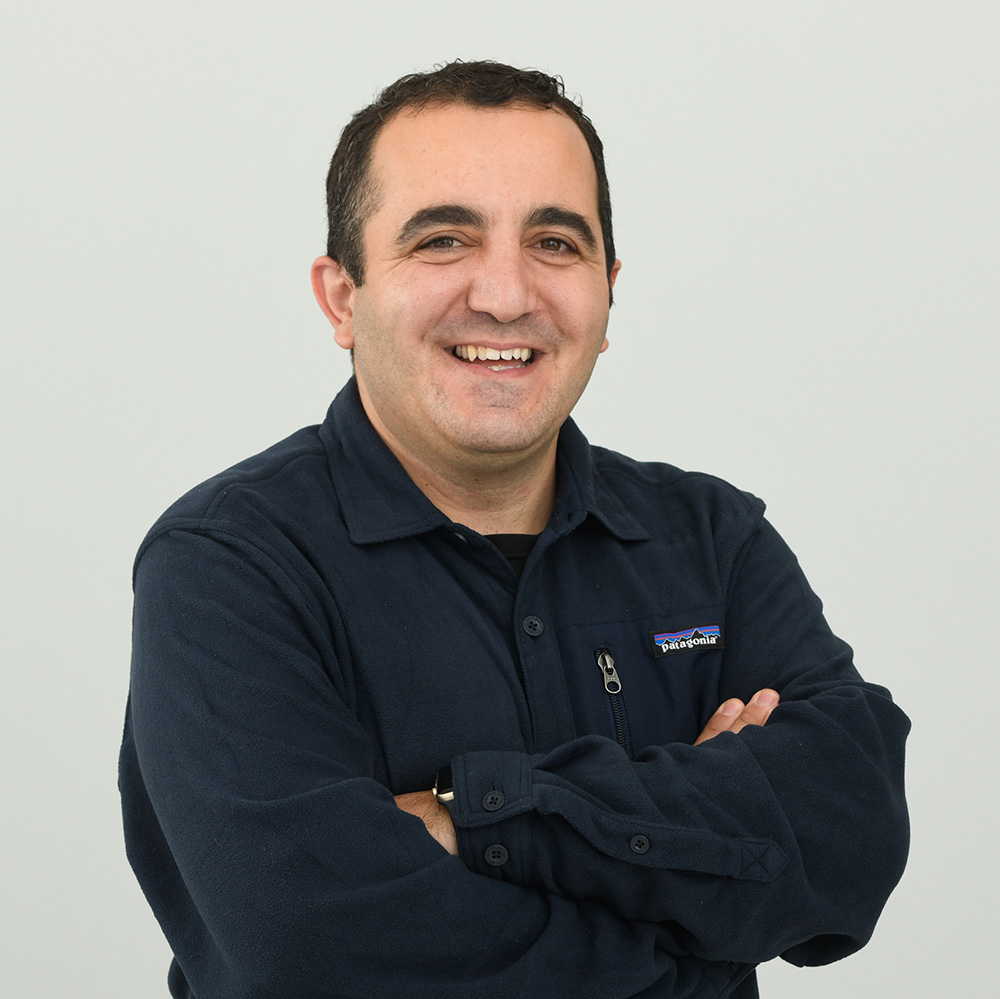
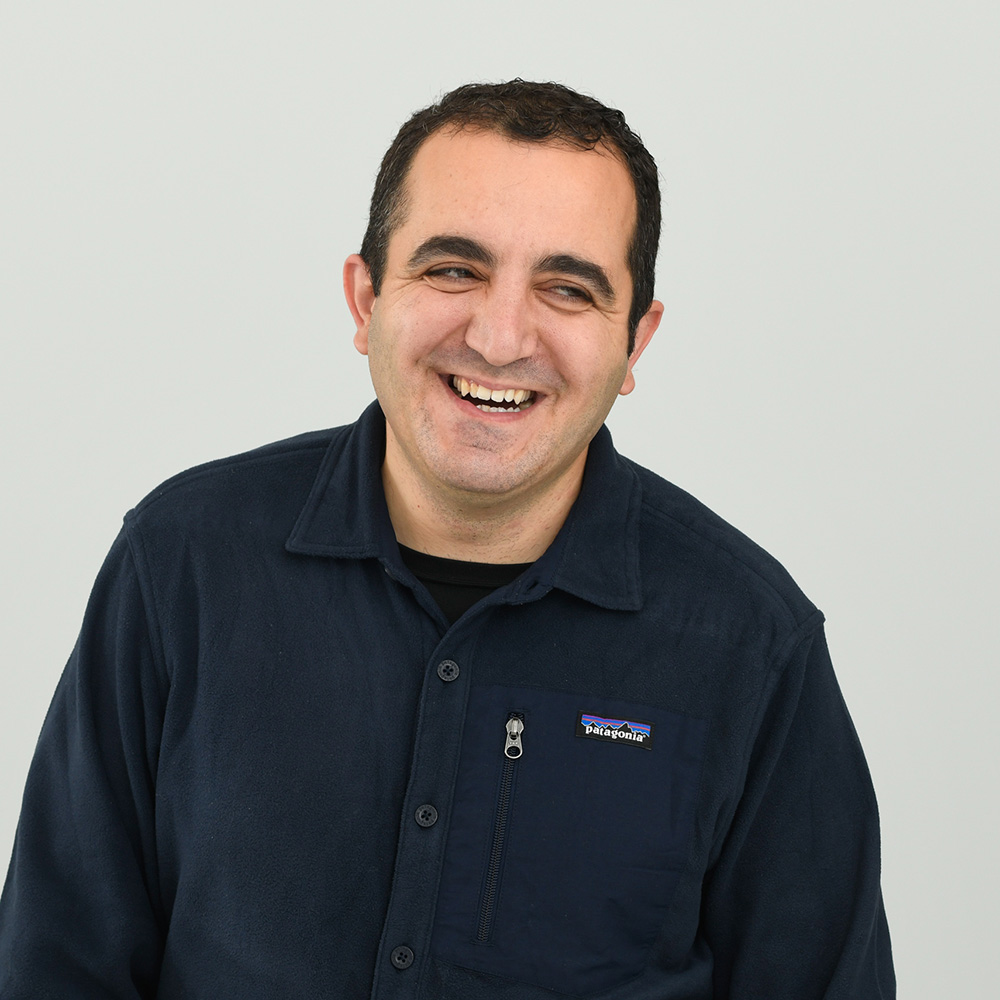
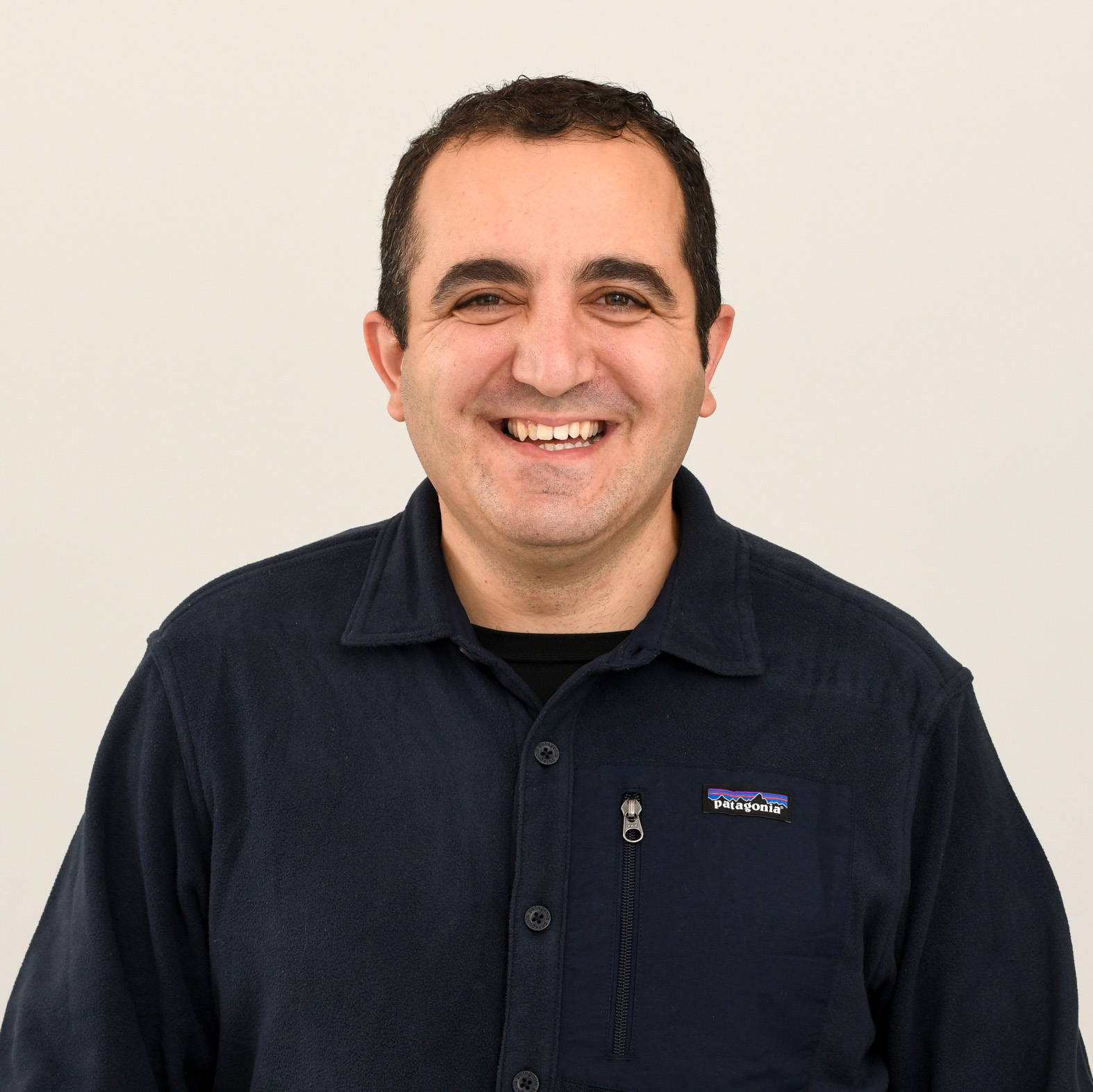
Nourishing Developing Nations:
Abdulkerim Eroglu
Malnutrition isn’t always a lack of vitamins and minerals.
Sometimes, the problem is too much of a good thing – even if it’s a Mom-approved veggie like carrots.
In his laboratory in the Plants for Human Health Institute in Kannapolis, new assistant professor of biochemistry Abdulkerim Eroglu zeroes in on one very important nutrient as a case study: vitamin A-producing carotenoids, found in vegetables like carrots. Eroglu is exploring how carotenoids affect gene expression and maintenance of genome integrity – and what the optimal amounts are for good health.
“I am looking for molecular understanding, then hope to translate that into public health to impact our daily lives,” Eroglu says.
Carotenoids contain important antioxidants for metabolic functions and may serve as indicators of general population health.
“I want to figure out how we can understand the chemo-preventative effects of carotenoids in lung cancer and other cancers,” Eroglu says.
The subject is especially interesting, he says, because of the research history. A 1990s cancer study had to shut down when high amounts of vitamin A supplements were found to correlate with worsening patient condition. That rattled the scientific community, but helped flag overconsumption as a potential health hazard.
On the other hand, lack of vitamin A causes conditions that are a major public health concern – particularly in developing nations. What’s a carrot-eater to do?
In addition to answering those questions, Eroglu hopes his work can hone the nutritional benefits of eating fruits and vegetables rather than taking supplements or synthetics. He plans to collaborate with institute colleagues who will provide extracts from plants like tomatoes and watermelon. Eroglu will test the effect of these extracts on DNA damage biomarkers.
“We can show scientific health benefits, and the correct amount needed to experience a benefit,” Eroglu says.
He chose CALS as his research home for the chance to develop experimental techniques at the molecular level.
“Every day, I’m motivated by seeing what I can discover,” Eroglu says
METRICs of success
On the ground floor of Polk Hall, X-ray crystallography laboratory manager Paul Swartz works with machines so powerful that their use requires two separate classes of safety training.
They’re part of METRIC,a partnership with NC State’s Department of Chemistry that’s positioned to become one of the leading analytical facilities in the southeast. Launched in May 2018, its rare, cutting-edge facilities enable a tongue-twisting array of research techniques: magnetic resonance spectroscopy, mass spectrometry and X-ray crystallography.
Taking a tour gives a glimpse into the future of the field. Adjacent to the X-ray crystallography machine is the crystal growth chamber, a walk-in facility with vibration-damping cradles for crystal tray storage. Around the corner is a crystal screening robot. Half a dozen new mass spectrometers are down the hall. METRIC streamlines processes to make them more accessible to scientists.
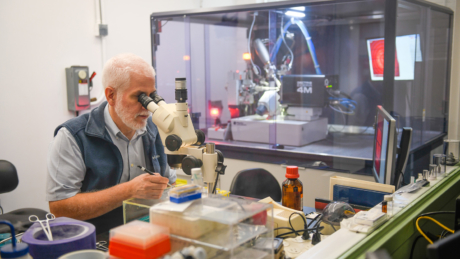 “What’s exciting … is that we get to integrate into the existing strengths of the university and add a new dimension by bringing these molecular tools to understand life at the atomic level,” assistant director Joe Barycki says.
“What’s exciting … is that we get to integrate into the existing strengths of the university and add a new dimension by bringing these molecular tools to understand life at the atomic level,” assistant director Joe Barycki says.


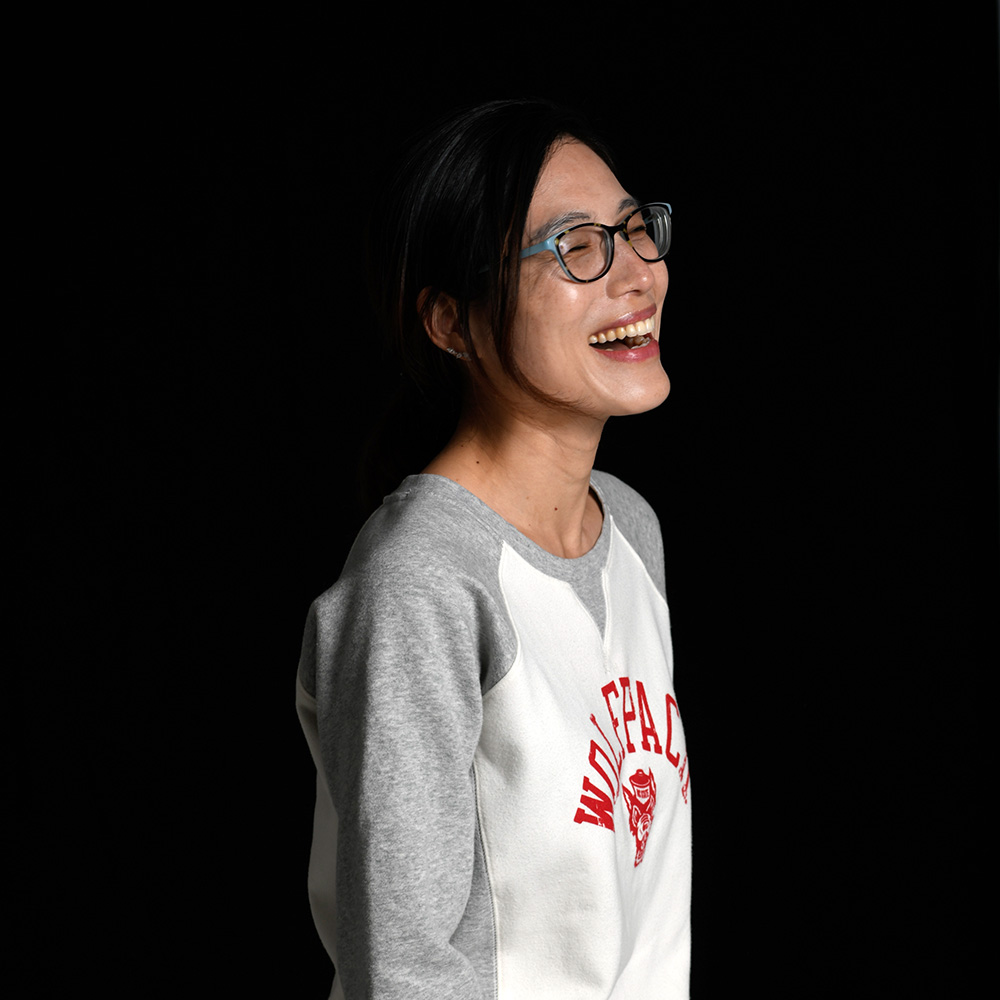
Precision Nutrition to Fight Cancer:
Xiaojing Liu
Most cancer treatments target particular cell mutations. The idea: zap known cancer contributors and allow healthy cells to flourish.
But it doesn’t always work. That means there are other factors to tumor growth than just genetic mutation.
That’s where Assistant Professor Xiaojing Liu comes in. Her lab examines nutritional factors to support and improve cancer treatment.
Like all living things, cancer cells need food to survive. Like all cells, they crave sugars like glucose – but they use those sugars differently than normal cells do. The altered glucose metabolism in cancer cells provides them with crucial building materials and releases carcinogens that further promote tumorigenesis.
Healthy cells use products of glucose the way a car uses gasoline. But when the cell’s metaphorical gas tank is full, anything extra is turned into a carcinogen. In the cells of ovarian cancer patients, for example, it appears that high glucose levels allow tumors to adapt and resist treatment.
Liu uses cutting-edge technology called metabolomics to generate metabolic profiles by measuring nutrients and metabolites. She flags biomarkers that could tell doctors sooner whether the patient needs to switch treatments for the best odds of survival.
She also hopes to develop guidelines for the most supportive diet for each type of cancer treatment to maximize its chance of success. It’s not the controversial practice of seeking to cure cancer through diet alone; rather, it’s figuring out how to combine the two approaches to save precious time.
Thanks to METRIC, Liu will be able to use one of the department’s new mass spectrometers to continue this key type of research.
“My mom sometimes worries that I spend too much time at work, but I tell her, ‘It’s like wanting to know what happens to an actress in a TV show,’” Liu says. “I want to know what happens at the end – if I change the diet, will that slow tumor growth?”
Paying it forward
As new faculty and students are drawn to Polk Hall, many praise Simpson’s leadership style, which they describe as an inspiring combination of expertise, drive, focus and warmth.
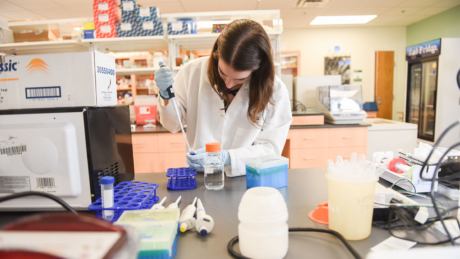 Simpson’s approach is inspired by those who fostered her own early career. One of her passion projects: developing a formal mentoring program for early-career faculty.
Simpson’s approach is inspired by those who fostered her own early career. One of her passion projects: developing a formal mentoring program for early-career faculty.
“It might sound cheesy when I say it,” Simpson says, “but there’s a lot to be excited about in biochemistry.”
CATEGORIES: Academics, Food and Biochemical Process Systems, Research, Spring 2019
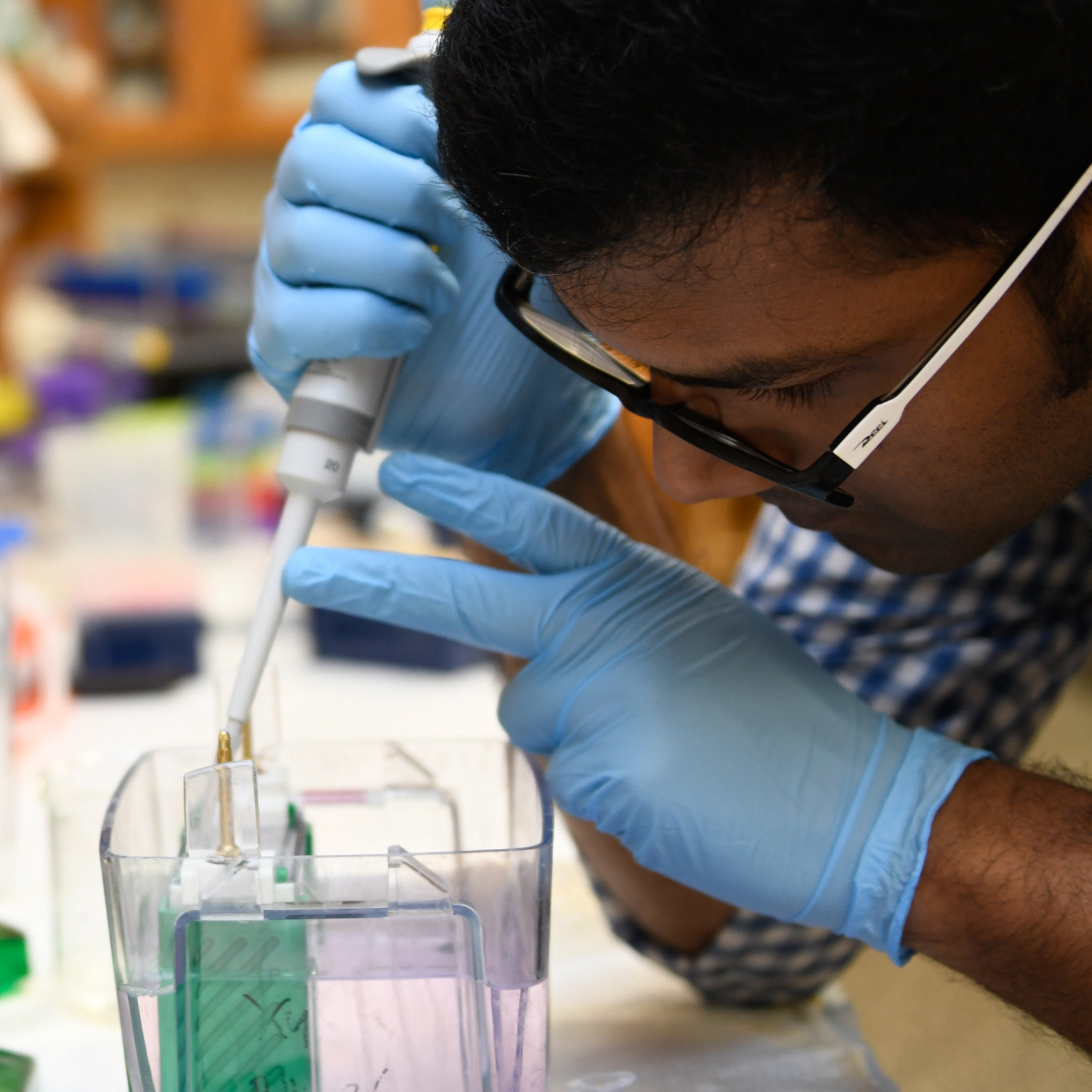
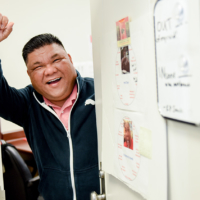

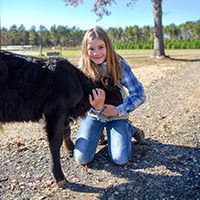
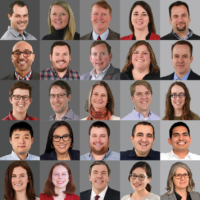
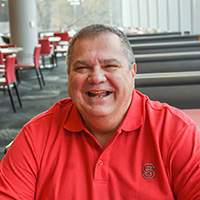
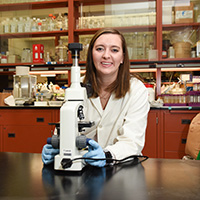

View Comments 2
2 responses on “The New Face of Biochemistry at CALS”